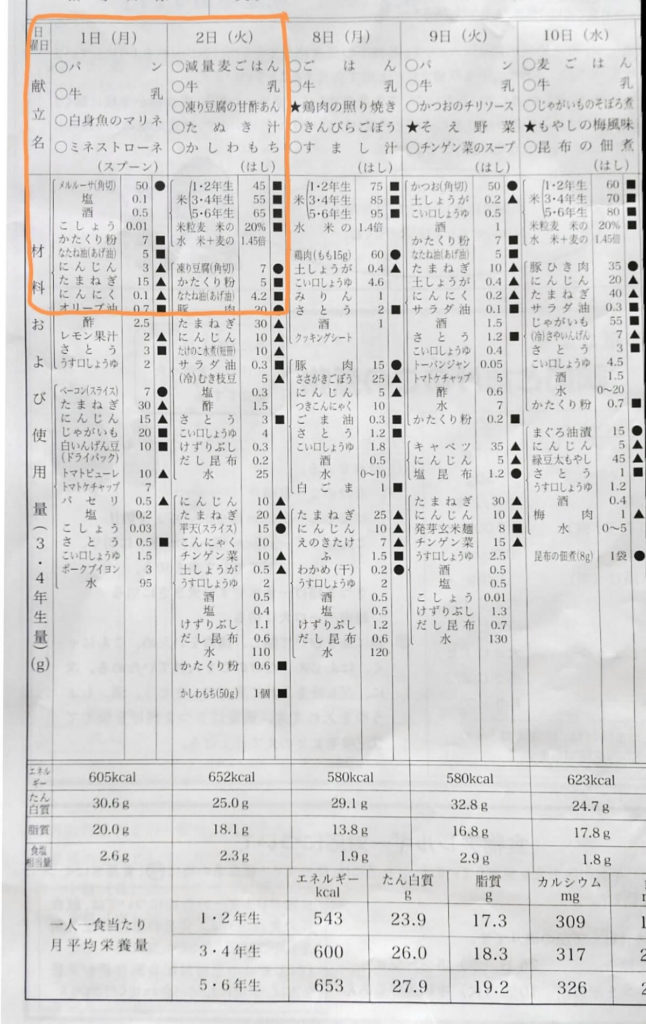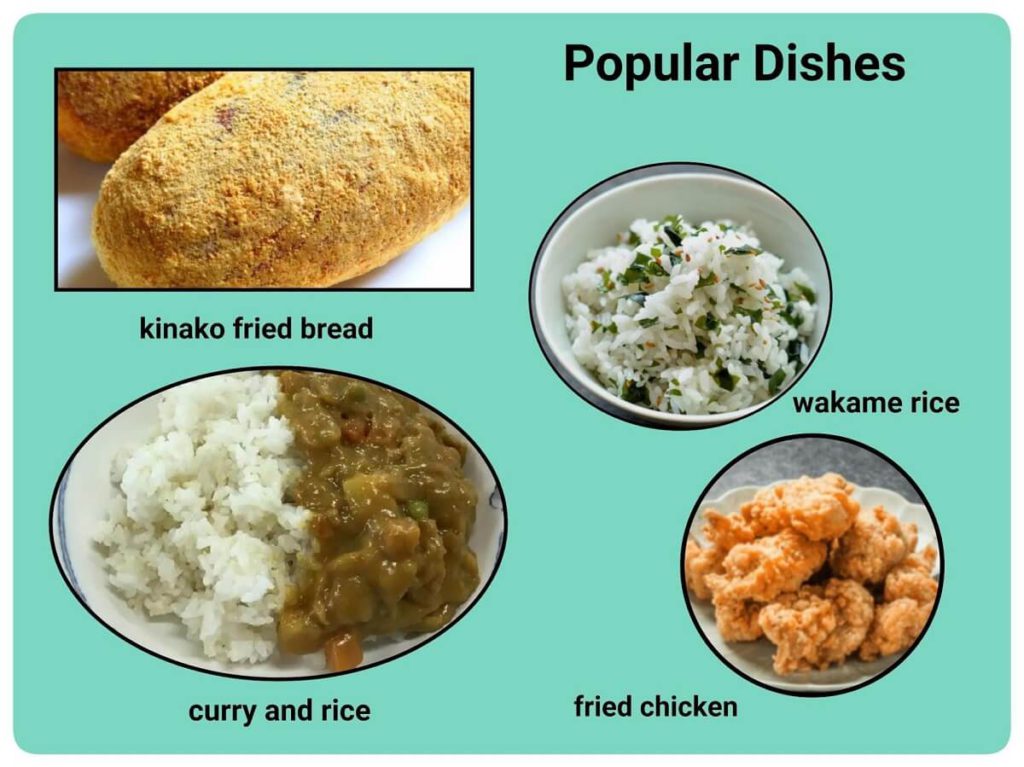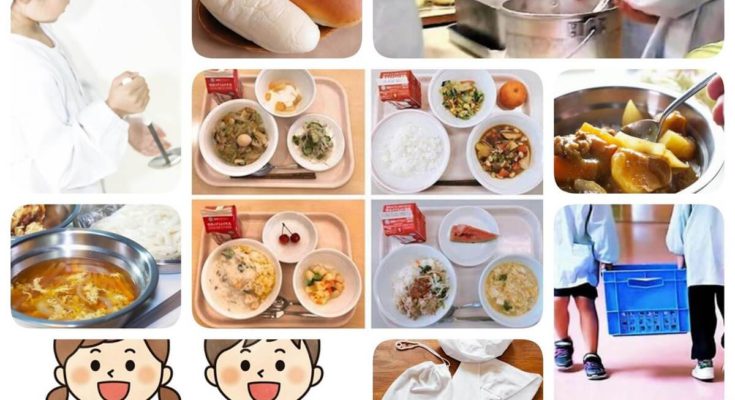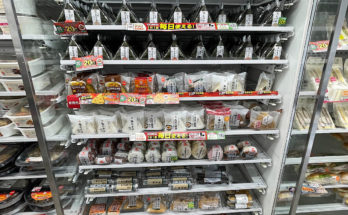School lunches are common around the world, but Japan’s school lunches are without question one-of-a-kind. Not only is the food tasty, but all the systems involved are incredibly well-organized. Let’s dig deeper into what Japanese school lunches are all about and how they work.
School lunch, also known as “kyushoku” (給食) in Japanese, is now provided in almost all elementary and junior high schools in Japan. It is usual for all students to eat lunch in their classrooms. The high quality of the lunches and the idea of using them for education are attracting attention from overseas.
History of “kyushoku”
The school lunch program is said to have started in 1889 (Meiji 22) at an elementary school in Tsuruoka-cho, Yamagata Prefecture, for children from poor families. The school lunch program was temporarily suspended during World War Ⅱ, but in 1954, the School Lunch Law (学校給食法) was enacted, and “kyushoku” began to spread throughout Japan. Much later, in 2005, the Basic Law on Food Education (食育基本法) came into effect, and the entire country began to promote food education. The School Lunch Law was also revised in 2008, and it clearly states that “kyushoku” should be used to promote food education.
Food Education (食育shokuiku)
“Shokuiku” (食育) literally means “food” and “education.” It refers to promoting healthy eating habits by implementing it as an education program. The “Food Education Curriculum” is presented from the early years of elementary school, and the main objective is for children to develop their interest in food and nutrition and enjoy their meals. The following are major guidelines for children to learn.
Importance of meals ーTo learn about nutrition and how eating a variety of food three times a day can maintain their physical and mental health.
Gratitude ーTo understand that meals are supported by the hard work and efforts of many people.
Food culture ーTo learn where food comes from and what foods are in season, to learn about local products and festive dishes, and to learn the importance of good manners when eating.
Food education is implemented in various ways at each school. In some schools, vegetables that children grow themselves are used for school lunches, or they cook them in homemaking classes. Other activities include watching videos of cooks working hard to prepare meals for all of them, which encourages them to finish everything on their plates.

Menu
School lunch menus are carefully revised and prepared by teachers and trained nutritionists based on hard and fast guidelines to ensure that school lunches provide one-third of the daily nutritional needs which are set according to the stage of a child’s growth. The recipes vary from area to area. The standard menu consists of a staple dish (rice or bread), a main dish, a side dish, soup, and milk. Some schools have their own kitchens, while others use a system where food is delivered from a “school lunch center.” They also try to use local products as much as possible and make them from scratch while avoiding the use of processed foods. In addition, they serve “regional foods” such as “takoyaki” in Osaka and “event foods” such as” chirashi-zushi” for the Girls’ Festival Day on March 3. Also, there are dishes from many different countries, and some schools even offer menus for children with allergies.

Here is a menu for an elementary school.




Lunchtime in Elementary School
School lunch is a fun and lively time for many children. Typically, they are involved in everything from preparation to clean-up within a period of around an hour. To ensure smooth operations, they are assigned different shifts on a weekly basis and are responsible for completing their tasks in accordance with the rules. Although the lunch program varies from school to school, let me describe an example of a typical lunch period at an elementary school.
After morning classes, the children all go to wash their hands at the same time.
The lunch crew for the day lines up in the hallway, wearing aprons and hair caps.
They then go to the kitchen to pick up the food containers and a dish basket for their class.
They are assigned food containers in advance, and several pairs of students carry the containers together to the classroom.
The crew puts food on each student’s plate or bowl, making sure that everyone gets an equal portion.
The food is placed on trays and carried to each seat.
The other children sit patiently at their seats waiting until the meals are all served.
Those who wish to decrease their portion size are allowed to do so, while those who want more can increase theirs. (They are expected to empty the food containers and finish everything on their plates.)
Next, the menu for the day is read out in detail. The monthly menu is also posted on the wall, drawing children’s attention to when their favorite meals will be served.
Finally, everyone puts their hands together in unison and chants, “Itadakimasu” and starts eating. Homeroom teachers eat together with their students in the classroom.
While they eat, music or stories are broadcasted, creating a leisurely atmosphere.
After finishing the meal, they chant, “Gochisosamadeshita,” in appreciation and return their empty plates to the basket. The lunch crew then takes the empty food containers and dishes back to the kitchen.


Here is a link to photos showing the transition of school lunches.↓
http://www.juk2.sakura.ne.jp/rekisi.html
Here is a link to photos of the current school lunches.↓
http://www.juk2.sakura.ne.jp/19-kondate.html
Conclusion
“Kyushoku” has a long history and is an integral part of school life for Japanese people. I believe that children learn many things through “kyushoku,” such as appreciation, cooperation, and the importance of a balanced diet. Promoting healthy eating habits from a younger age is said to contribute to long life expectancy and low obesity rates in Japan. You might be surprised to know that the children are not permitted to bring snacks from home. That’s why all the children can’t wait for lunchtime. During the COVID-19 pandemic, they had to eat in silence facing the front. But now in 2023, with a better understanding of hygiene, I hope they can enjoy their meals by placing their desks together and facing each other.
School lunch fees vary from region to region, but more and more regions are now offering free lunches.

Lives in Takatsuki city, Osaka. Has been engaged in English for work and fun for years.





 HTJ has a YouTube page! Check it out
HTJ has a YouTube page! Check it out
Hi, Mami san!
I enjoyed your article.
Yes, I think the Japanese kyushoku culture is what we should be proud of.
In 2004, the “Nutrition Teacher System” was enacted to promote nutrition education, allowing nutritionists who had been “staff” to teach as “teachers” and conduct classes.
I actually have some friends working at elementary schools.
I look forward to seeing their activities in the future.